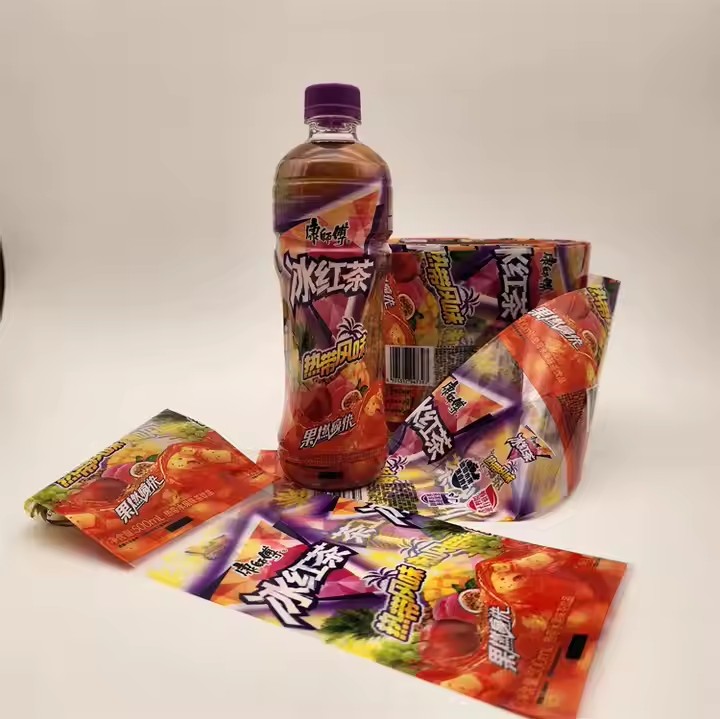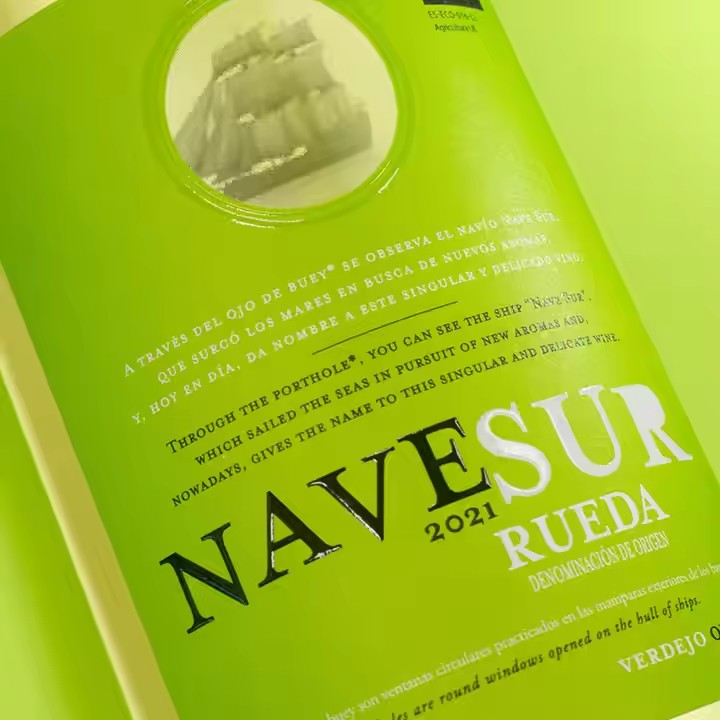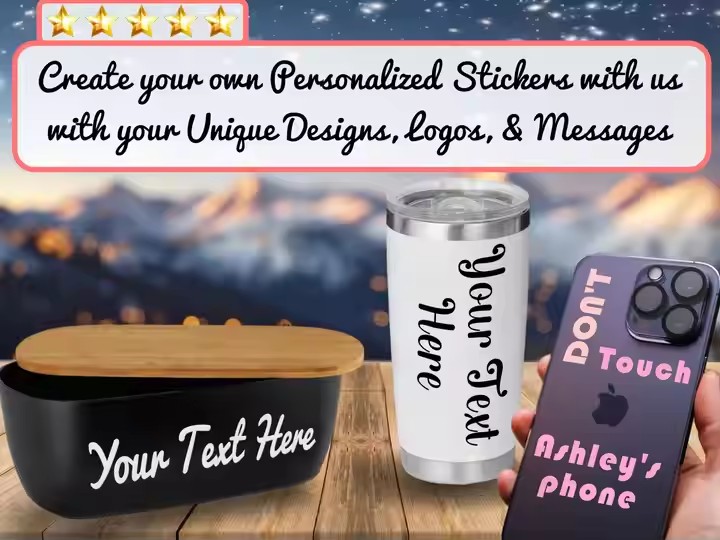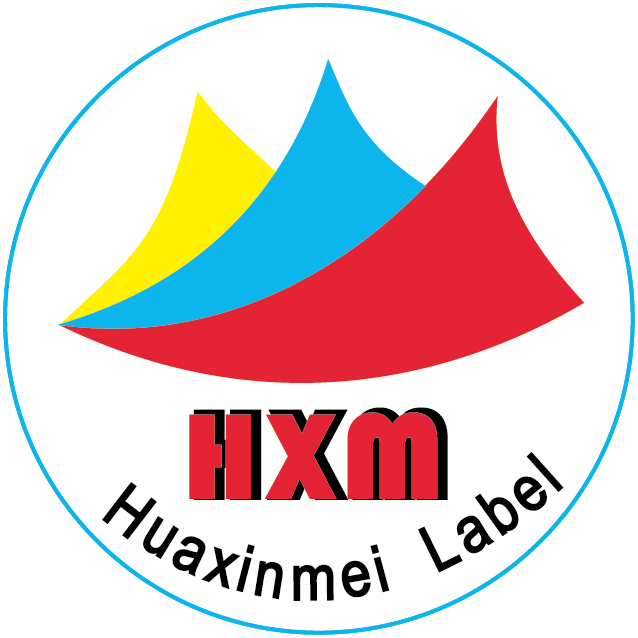I. Market Research
Target Market Analysis
Thoroughly understand the overseas markets, including their marketing approaches, as marketing methods vary from country to country. Also, keep abreast of the policies, regulations, and cultural heritages of different countries in a timely manner. For example, Middle – Eastern countries have numerous customs and etiquettes. Pork, dog meat, cat meat, and in some cases, certain types of fish and crabs are not consumed. Therefore, be cautious not to print related patterns on labels. Prohibited patterns should not appear on product exteriors. For instance, words like “cat”, “pig”, or “fish” should not be present on food packaging bags.
Study the economic conditions and consumption capabilities of the target market to determine product positioning and pricing strategies. For example, in high – income countries, high – end custom label products can be introduced, emphasizing quality and unique designs. In emerging markets, focus on cost – effective custom labels. When facing the market and customers, it is also necessary to study the market demographics and consumption capabilities, accurately depict user personas, so as to expand the customer base and gain more market profits. The doors and windows produced should precisely target the intended users, and different sales strategies should be formulated for customers in different countries.

Competitor Research
Analyze the characteristics, prices, marketing channels, and market shares of overseas competitors’ custom label products. By checking competitors’ official websites, social media pages, and product displays on e – commerce platforms, understand their label styles, materials, customization options, etc.
When formulating marketing strategies for the media, first analyze overseas competitors, understand the overseas competitive situation, and develop marketing methods and means tailored to specific countries to strive for a larger market share.
Identify the strengths and weaknesses of competitors, and look for market gaps or opportunities for differential competition. For example, if competitors mainly offer simple text – based custom labels, you can focus on developing custom labels that combine complex patterns and multiple materials. Learn from competitors’ strengths, experience, and advantages to gain a larger market share.
II. Label Design and Customization
Localized Design
Design labels according to the cultural characteristics and aesthetic concepts of the target market. For example, design simple, exquisite labels with Japanese elements (such as Japanese – style patterns, Japanese characters) for the Japanese market. For the European market, labels with classical art styles or modern abstract styles can be designed.
For local designs, they should fit the local market and consumers’ preferences, such as design preferences, color preferences, pattern preferences, etc. Make plan adjustments or changes according to the product’s tone to cater to consumers’ preferences and gain a larger market share.

Consider the use of the local language to ensure that the text on the label is accurate and in line with local expressions. If selling in the French market, the French content on the label should conform to the language habits of the French, avoiding translation errors or the use of rare words.
Diverse Customization Options
Provide rich customization content, such as size, shape, color, pattern, material, etc. For example, offer clothing brands labels in different shapes (round, square, oval, etc.) and materials (paper, fabric, leather, etc.), allowing customers to choose freely according to the clothing style.
Utilize advanced technical means, such as 3D printing, digital printing, etc., to achieve more complex and personalized customization effects. For example, use 3D printing to create three – dimensional labels or use digital printing to achieve high – resolution and vivid – colored pattern customization.
III. Online Marketing Channels
Social Media Platforms
Select social media platforms popular in the target market, such as Facebook, Instagram, Twitter, etc. Establish official brand accounts on these platforms and regularly post beautiful custom label pictures, videos, and cases. For example, showcase labels customized for well – known brands or share customer testimonials and usage scenarios.
Leverage the advertising functions of social media platforms to precisely target the target customer groups. Ads can be placed based on factors such as region, age, hobbies, etc. For example, target custom clothing label ads at Americans aged 20 – 30 who are interested in fashion.
Cooperate with overseas social media influencers and bloggers, allowing them to experience and recommend your custom label products. For example, collaborate with fashion bloggers and have them showcase clothing with your brand’s custom labels in their outfit – sharing posts to increase product awareness.
E – commerce Platforms
Open stores on internationally renowned e – commerce platforms, such as Amazon, eBay, etc., to display custom label products. Optimize the product pages, including detailed product descriptions, high – definition images, and customization process instructions, to facilitate overseas customers to place orders.
Participate in e – commerce platform promotion activities, such as Black Friday, Cyber Monday, etc., to attract more overseas consumers. Offer discounts, free gifts, and other preferential measures to enhance product competitiveness.

IV. Offline Marketing Channels
Participate in International Exhibitions
Participate in industry exhibitions and trade fairs in the target overseas markets, such as packaging exhibitions, fashion exhibitions, etc. Set up an attractive booth at the exhibition to showcase various custom label samples and customization technologies. For example, set up an interactive experience area at the booth to allow visitors to participate in the label customization process.
Establish contacts with potential customers, distributors, and purchasers at the exhibition site, collect contact information, and conduct follow – up marketing. After the exhibition, you can introduce product advantages and cooperation opportunities to them via email, phone, etc.
Cooperate with Overseas Distributors
Look for reliable overseas distributors and agents, and utilize their sales channels and local resources to promote custom label products. Sign cooperation agreements with distributors, clarifying the rights and obligations of both parties, such as sales regions, price policies, after – sales service, etc.
Provide necessary support to distributors, including product training, market promotion materials, promotion activity planning, etc. For example, create an English – version product training manual to help distributors better understand product features and the customization process.

V. Customer Service and Brand Building
High – quality Customer Service
Establish a multilingual customer service team to facilitate communication with overseas customers. Provide multiple contact methods, such as online customer service, email, and phone, and promptly answer customers’ questions about custom labels. For example, ensure that customer inquiries are replied to within 24 hours.
Improve after – sales service, including handling customer complaints, returns, and exchanges. If customers are not satisfied with the custom labels, actively solve the problems to improve customer satisfaction and loyalty.


